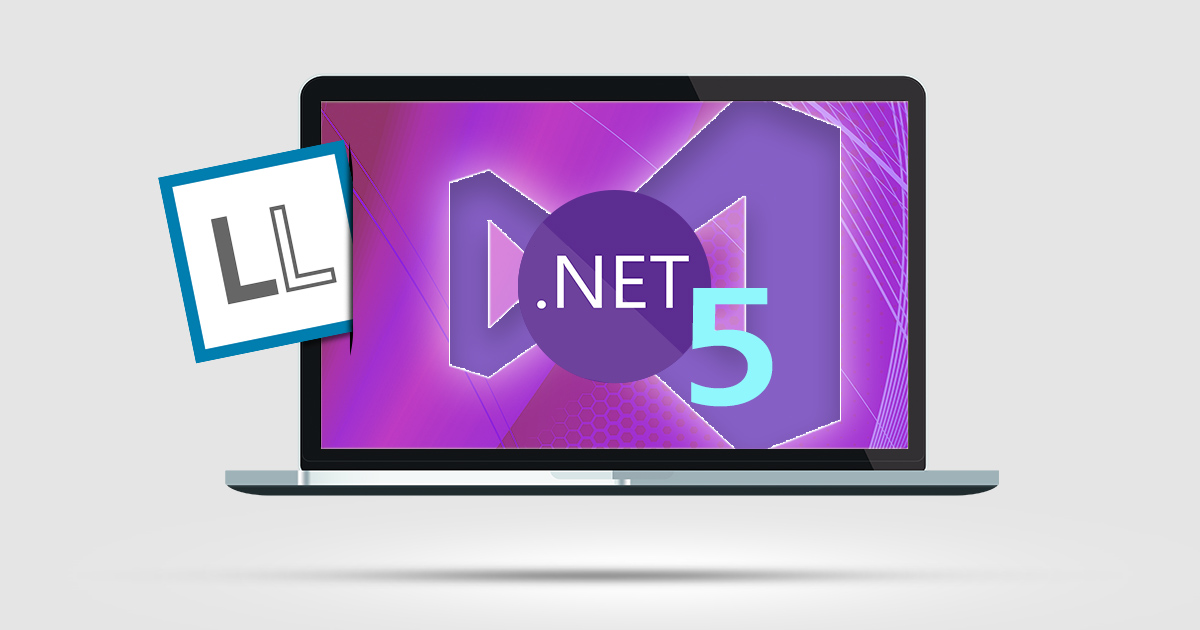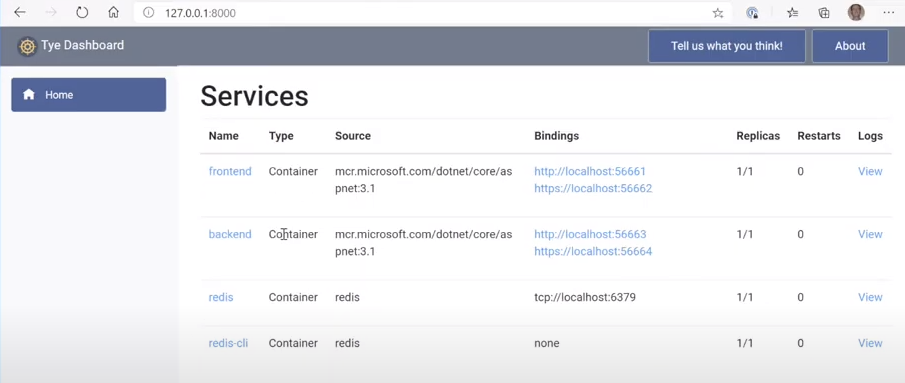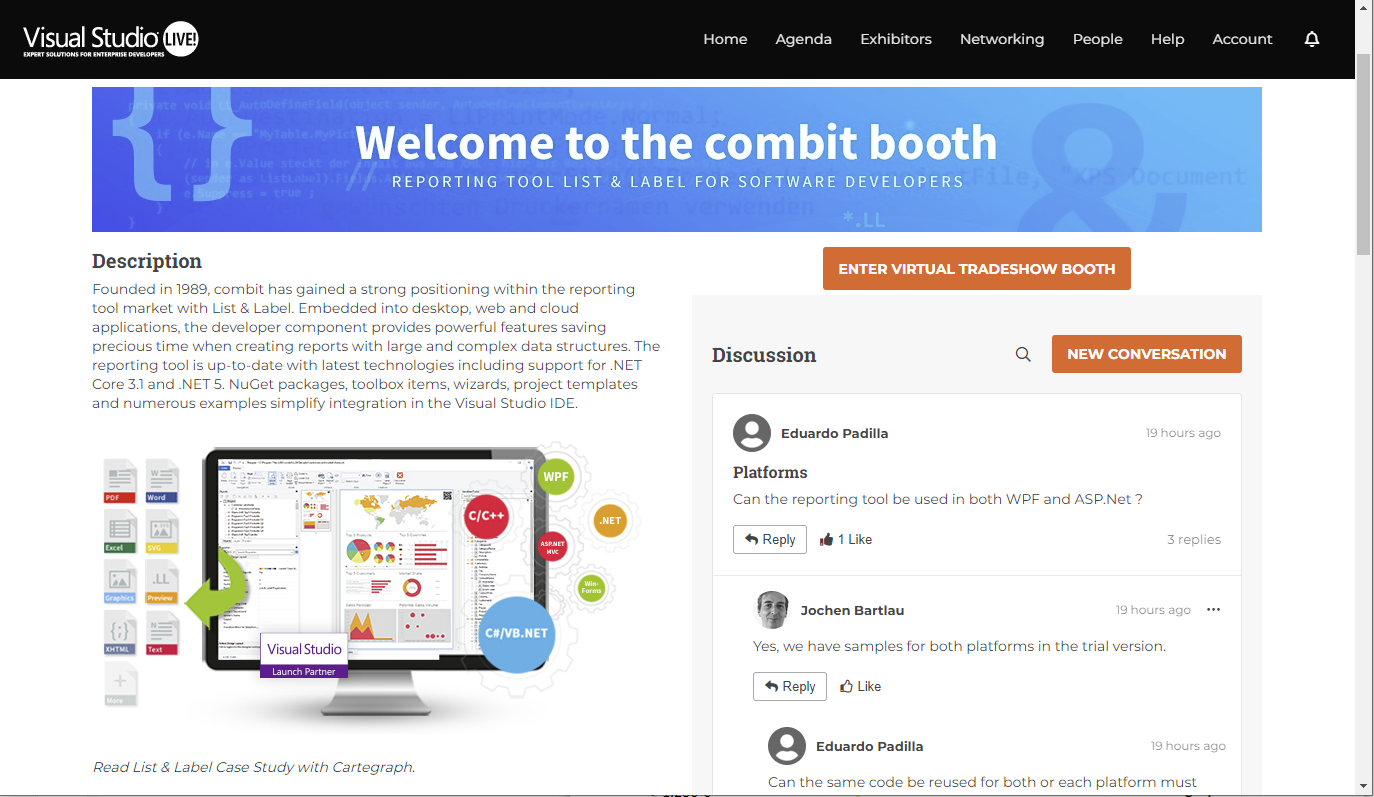 The Future of .NET
The Future of .NET
During the day one keynote, Scott Hunter, Microsoft’s Director Program Management .NET, gave an excellent presentation on the new features of .NET 5 and an outlook on what’s coming next. The vision is clear – Microsoft is on the path to One .NET, using just one framework to conquer them all.
The .NET Framework, .NET Core and Mono/Xamarin will be consolidated to just one single SDK, BCL and a unified toolchain to support cross-platform native and web UI. Spice that with tooling improvements for Blazor applications. Add easier development and debugging of web applications that run on Linux servers via WSL2, which allows coding and debugging natively on your Windows dev machine. Think of microservices & container orchestration (“Project Tye”). Then add massive performance improvements on all supported hosting platforms (a whopping 30 percent socket performance improvment on Linux when compared to Core 3.1 for example) to get an impression of what’s to expect next.
Scott reaffirmed there will be a yearly release cadence with a LTS (Long Term Support) framework release every other November, .NET 6.0 being the first in November 2021.
On the tooling side, Scott demoed a slick GitHub workflow integration that makes remote building and deploying much easier. And Project Tye will be integrated into Visual Studio with the release of .NET 6, enabling an easy container orchestration for microservices. Scott gave an amazing demo for a “Tye-enabled” workflow where frontend, backend and cache of a web app all ran on containers, auto-detected and auto-synced, all accessible via a slick auto-generated dashboard.
The Value of Open Source
The second day started with a keynote from Claire Novotny, Microsoft Executive Director of .NET Foundation. Claire outlined her early experiences with Open Source, moving all the way from Sourceforge to GitHub. Contributing to something that already exists is – according to Claire – the least expensive choice when compared to writing stuff yourself, thus contributing to OSS can save time, even if it costs time at first. The reasoning is simple, OSS allows you to concentrate on what you are particularly good at in your application. And proven packages likely have more features than what you can put together yourself. All of this reminded me of the advantages of using components at all .
OSS leads to a continuous cycle of improvement. Automated builds, code reviews and good code coverage with unit tests, which often are integral parts of OSS projects, help preventing regressions. I totally second this point and just recently wrote a blog post about our CI pipeline. The peer review process improves communication. A lively contribution to OSS projects can even help with new hires and marketing. Adopting an OSS mindset after all is just doing smart business.
We’d love to see new contibutions to our own open source projects based at GitHub. We are open in all directions by open sourcing as much of our product as possible while still being able to maintain a healthy business. How do you use Open Source? Do you see the added value of getting support and having a vendor and developers you can contact whenever needed?
combit Booth at the VSLive!
All in all it was an interesting experience. I was honored to be part of the first ever all virtual VS Live! in its 25-or-so years of existence. I also had a couple of good discussions at our booth. Still, I look forward to seeing you all in person again soon. Wishing you all a happy holiday season.
More news about .NET
What’s new for .NET in List & Label 26
 The Future of .NET
The Future of .NET







